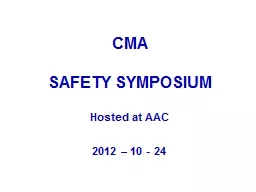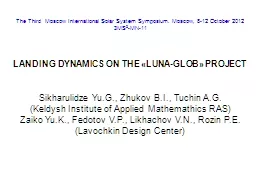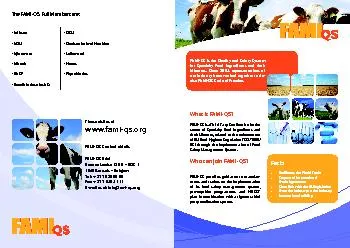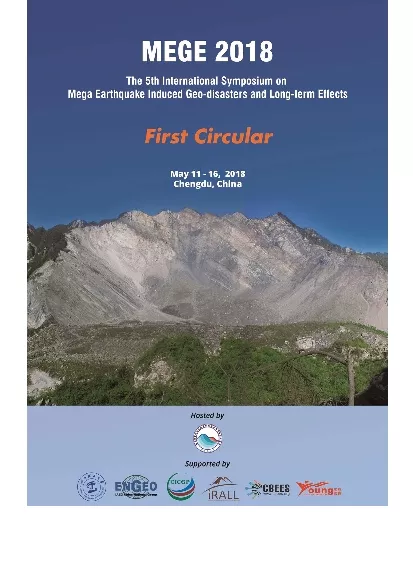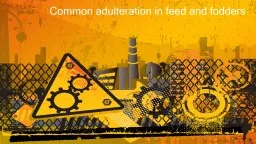PPT-THE 14 TH INTERNATIONAL SCIENTIFIC SYMPOSIUM ON FEED TECHNOLOGY, QUALITY AND SAFETY
Author : alida-meadow | Published Date : 2019-11-19
THE 14 TH INTERNATIONAL SCIENTIFIC SYMPOSIUM ON FEED TECHNOLOGY QUALITY AND SAFETY NOVI SAD OCTOBER1921 2010 STABILITY OF MICROTRACER IN THERMAL FEED PROCESSING
Presentation Embed Code
Download Presentation
Download Presentation The PPT/PDF document "THE 14 TH INTERNATIONAL SCIENTIFIC SYMPO..." is the property of its rightful owner. Permission is granted to download and print the materials on this website for personal, non-commercial use only, and to display it on your personal computer provided you do not modify the materials and that you retain all copyright notices contained in the materials. By downloading content from our website, you accept the terms of this agreement.
THE 14 TH INTERNATIONAL SCIENTIFIC SYMPOSIUM ON FEED TECHNOLOGY, QUALITY AND SAFETY: Transcript
Download Rules Of Document
"THE 14 TH INTERNATIONAL SCIENTIFIC SYMPOSIUM ON FEED TECHNOLOGY, QUALITY AND SAFETY"The content belongs to its owner. You may download and print it for personal use, without modification, and keep all copyright notices. By downloading, you agree to these terms.
Related Documents



